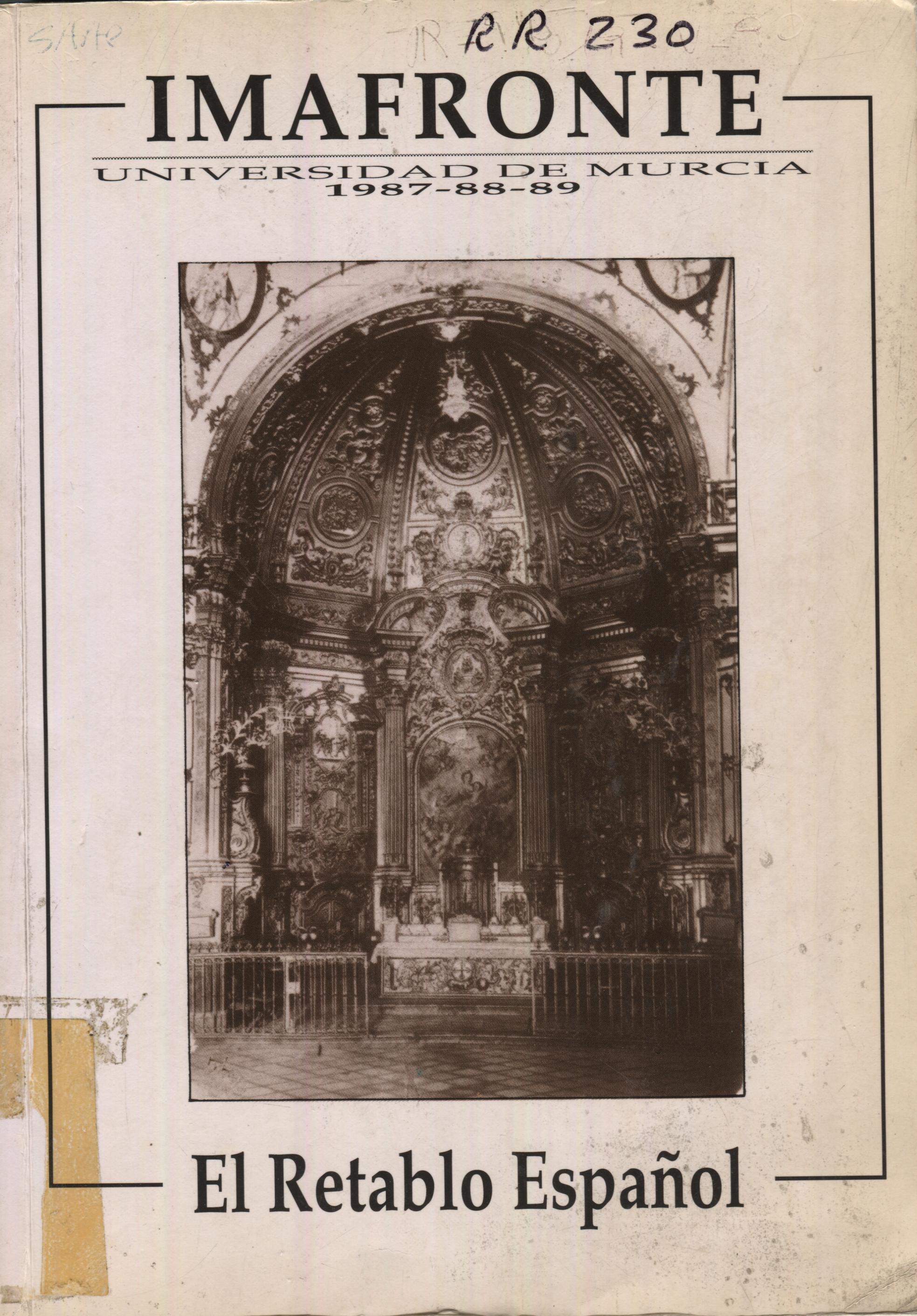EL RETABLO BARROCO EN SALAMANCA: MATERIALES, FORMAS Y TIPOLOGÍAS
Resumen
Several studies have made evident the importance of the retables in the area of Salamanca. St. Stephen's retable, by José de Churriguera, stands out among them. Wood will be the material used in its realization, though there are other significant works made in marble or sundstone, a quite typical stone of the zone; the reredos in the Agustinian Nuns' church, by the ltalian Cósimo Funzago, and that in the church of the Orden Tercera de Clin Francisco, by Simón Gavilán Tomé, distinguish themselves among any other. Til the middle of the XVIIth century it happens a predominance of the classicistic retable derived from Herrera and his followers. Antonio González Ramiro is the representante of this stage. A transformation leaded by the Madrilenian retable-making activity takes place around 1650; the twisted column is introduced and in reaches its cardinal point in the Clerecía retable (1675). a work by Juan Fernández, of Río Seco. The next step in this development is going to be settled by the Churriguera, who coined the so called «Churrigueresque» type. In this chapter, as the most significant example, we have lo refer to the above mentioned main reredos in the Dominicans' church of St. Stephen. The most important role in the final stage of this evolution, far into the XVIIth.century, is played by Jerónimo García de Quiñones and Simón Gavilán Tomé, they both revealing the rococo. With regard to the typologies used in the retable-making activity in Salamanca during the XVIIth and XVIIth centuries, it worths to stand out the front-retable, with an outspoken didactical intention, and the reliquary-, Euchuristic-, baldachin-, case- or cupboard- retables, to mention only a few examples.Descargas
-
Resumen564
-
PDF447
Las obras que se publican en esta revista están sujetas a los siguientes términos:
1. Los autores ceden de forma no exclusiva a la revista los derechos de explotación (reproducción, distribución, comunicación y transformación).
2. Las obras que se publican en esta revista están sujetas a la licencia Attribution-ShareAlike 4.0 International (CC By SA 4.0). Por lo que se pueden copiar, usar, difundir, transmitir y exponer públicamente, siempre que:
i) se cite la autoría y la fuente original de su publicación (revista, editorial y URL de la obra), permitiendo así su reconocimiento.
ii) se permite remezclar, transfromar o crear a partir del material mientras se mantenga la misma licencia del original.
3. Condiciones de auto-archivo. Se permite y se anima a los autores a difundir electrónicamente las versiones pre-print (versión antes de ser evaluada) y/o post-print (versión evaluada y aceptada para su publicación) de sus obras antes de su publicación, ya que favorece su circulación y difusión más temprana y con ello un posible aumento en su citación y alcance entre la comunidad académica. Color RoMEO: verde.
























